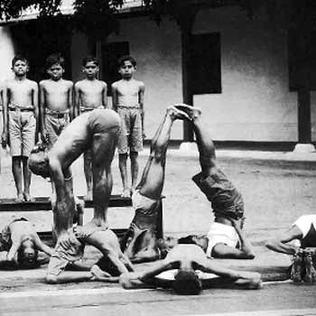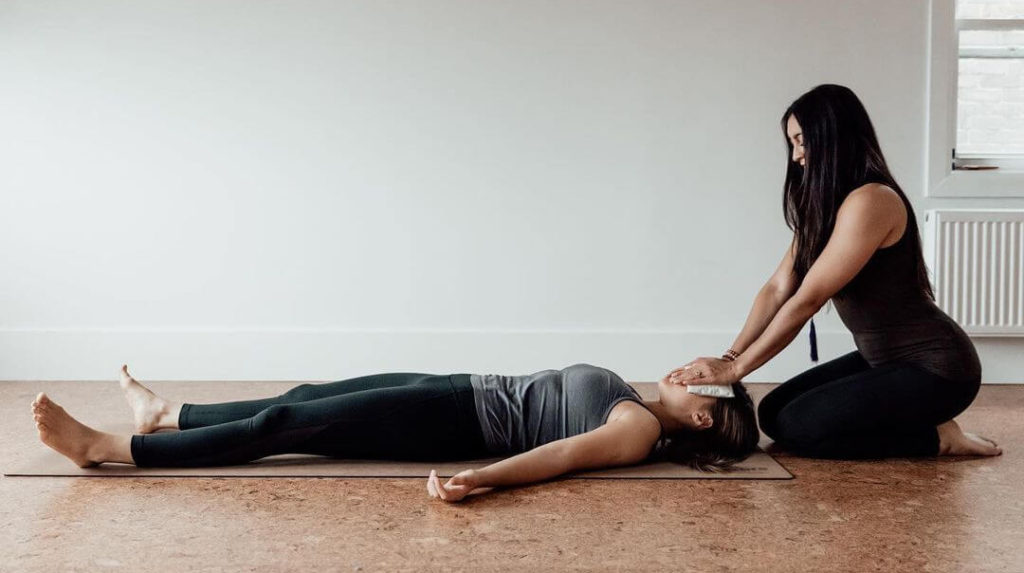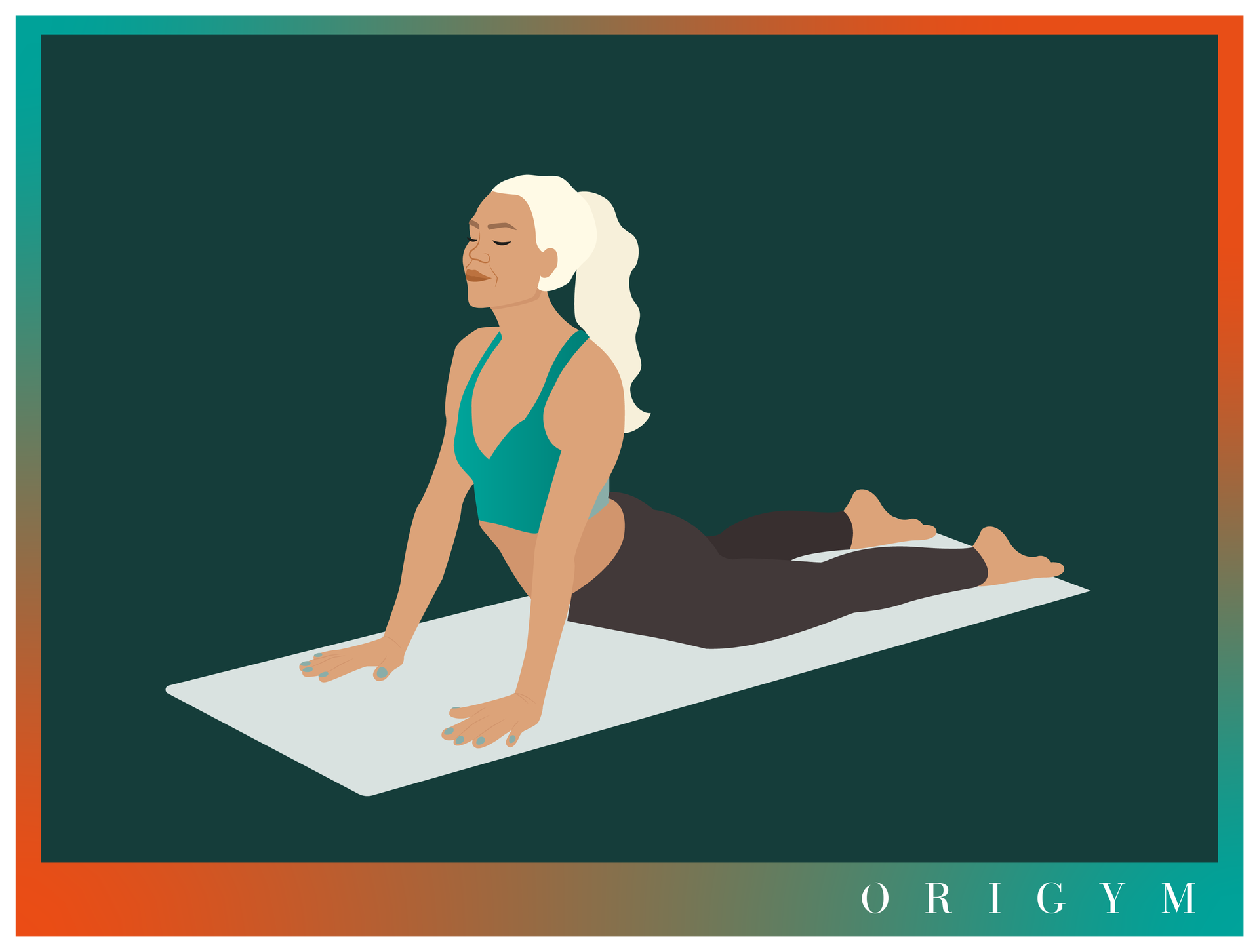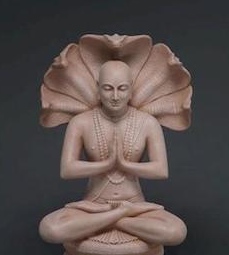Everything You Need to Know About Aerial Yoga
What is Aerial Yoga?
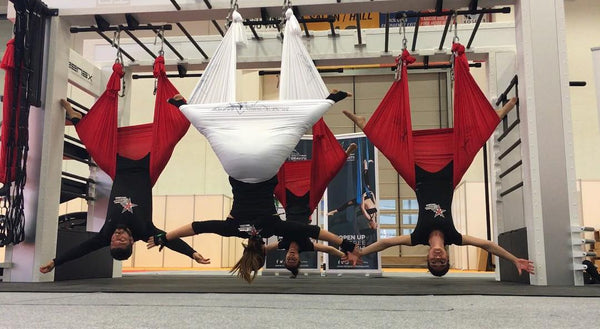
Aerial Yoga is a hybrid yoga practice which combines traditional Hatha Yoga poses, aerial acrobatic arts and body conditioning exercises performed with the aid of an aerial hammock. Classes can range from gentle and restorative to very demanding depending on how the hammock is used, making it suitable for people of all levels of experience and physical ability.
Aerial Yoga Benefits
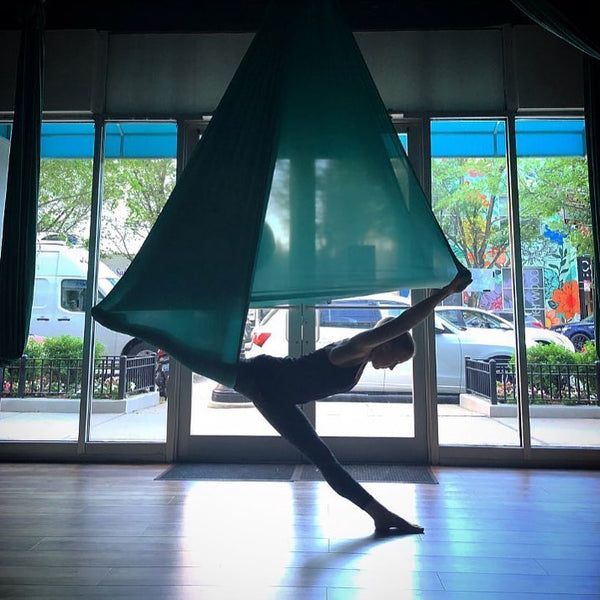
Aerial Yoga has all the same benefits of regular yoga with some added extras, including:
Decompression and alignment of the spine
Strengthening and lengthening of the body
Upper body strengthening
Core strengthening
Improved balance
Body awareness
Increased spacial intelligence
Relieving stress and anxiety.
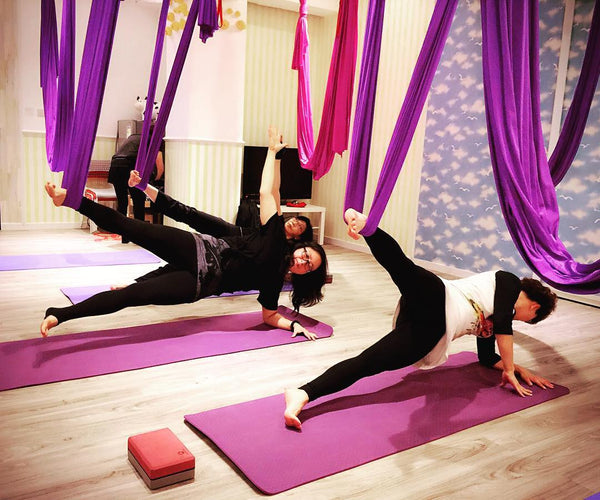
(Image via @nirvanayogavihara)
Using an aerial hammock makes inversions obtainable to everyone regardless of experience or physical condition. Our bodies get better oxygenation through increased blood flow to the brain during inversions which have many health and anti-ageing benefits such as:
Improved digestion and elimination
Improved blood circulation
Improved lymphatic drainage
Improved skin tone
Relief of spinal pain
Helps with insomnia
Energises the body and mind.
Aerial Yoga also helps to build confidence and self-esteem. “I’ve noticed most Aerial beginners are under the impression they can’t or won’t be able to perform the inversions or acrobatics in the class,” Melina tells us. “I have seen the look of pure joy on my students’ faces when they overcome their fear[……]

